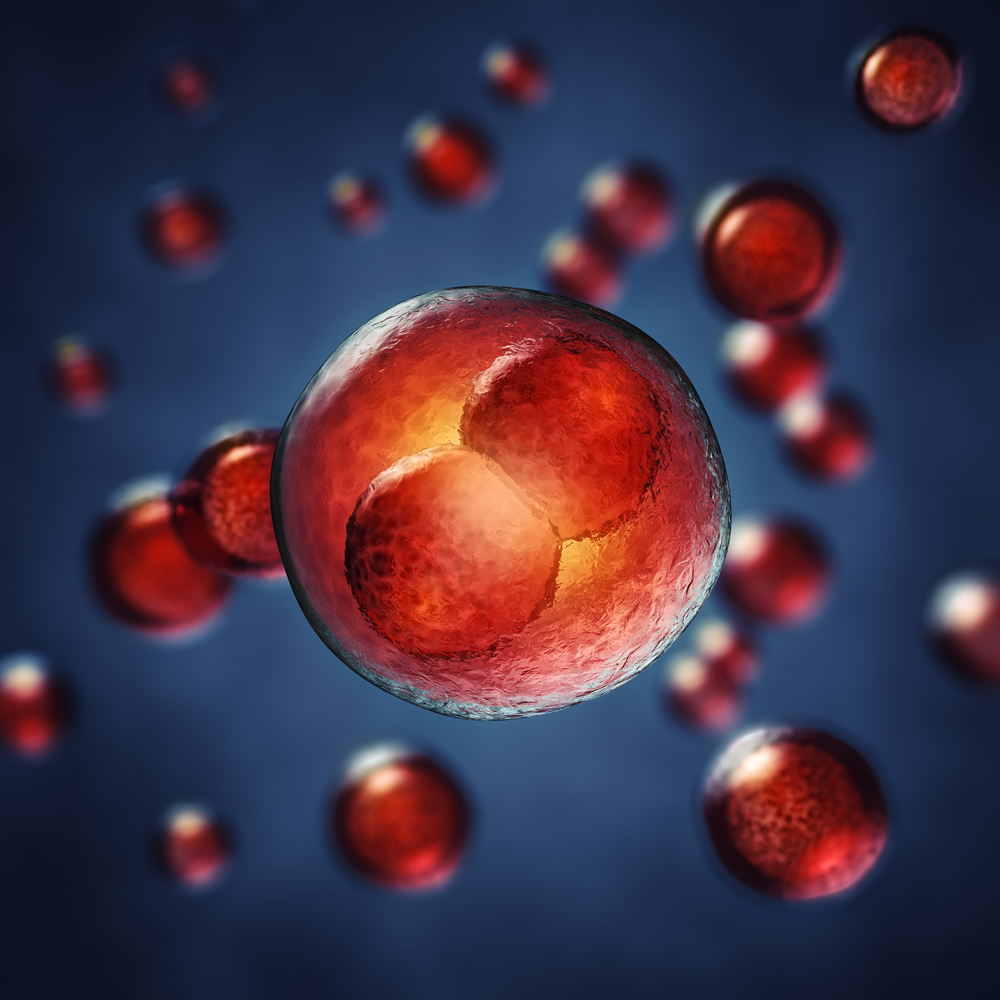Metallothioneins Show Promise as Therapeutic Targets in Mouse Model of Batten Disease

A family of enzymes called metallothioneins potentially could be new therapeutic agents in the treatment of lysosomal storage disorders (LSDs), including Batten disease, a mouse model shows.
The study, “Metallothioneins are Neuroprotective Agents in Lysosomal Storage Disorders,” was published in the journal Annals of Neurology.
LSDs, which comprise more than 40 different diseases, are characterized by improperly working lysosomes — cellular structures involved in the breakdown or recycling of unwanted cellular components. Lysosomal dysfunction leads to an accumulation of incompletely degraded cellular components, which can cause damage to cells or changes in cellular homeostasis that result in cell death.
Metallothioneins are a family of proteins that have been shown to exert an antioxidant and neuroprotective function in the brain in the context of several different diseases.
Researchers in this study wanted to explore the therapeutic potential of metallothioneins in mouse models of Batten disease and Krabbe disease, two LSDs with central nervous system involvement.
Researchers created mice that expressed high levels of a metallothionein called MT-1. These mice were crossed with mouse models of Batten and Krabbe disease. Researchers then determined any changes in the survival or manifestations of these diseases.
Constant high expression of MT-1 had favorable effects on both LSD models. In fact, these mice demonstrated a 5% to 10% increase in survival and slower disease progression than mice with normal MT-1 expression.
Researchers observed that Purkinje cells — a type of cardiac cell known to contribute to Krabbe disease — were rescued from degeneration and cell death in mice with high MT-1 expression, leading to decreased disease-associated inflammation and less oxidative stress.
“The neuroprotective features described so far are promising for exploiting metallothioneins as novel therapeutic agents and/or targets for LSDs,” the authors said.
While metallothioneins alone will not be curative of all LSD-associated symptoms, the researchers envision that “metallothioneins supplementation therapy in any form available in terms of clinical translation as a neuroprotective strategy may be eventually coupled with other approaches aiming at enzyme activity reconstitution.”





